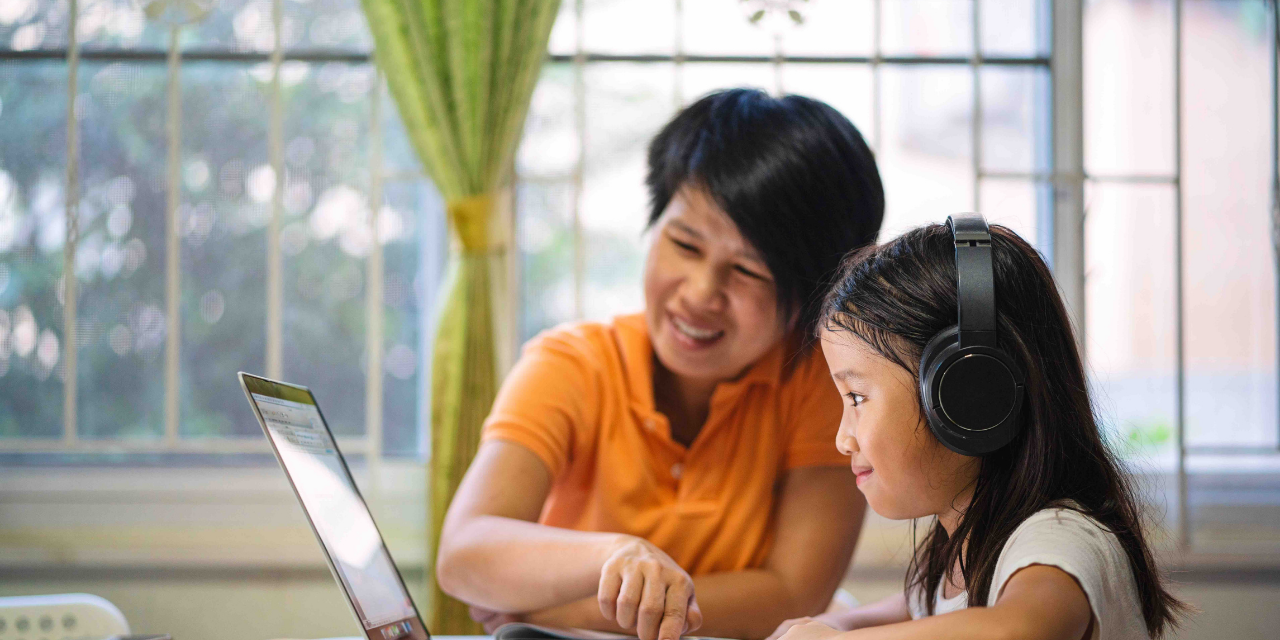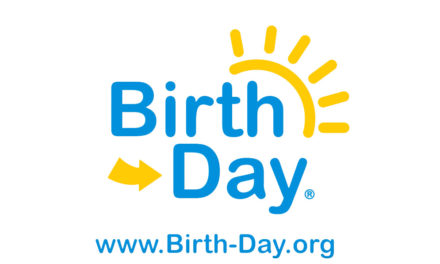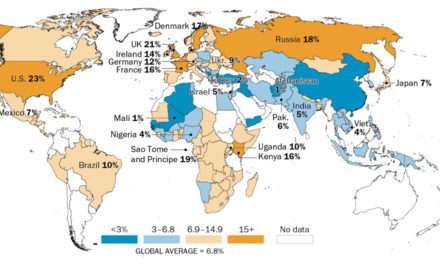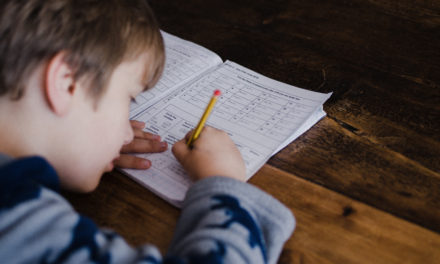The U.S. Census Bureau (USCB) released numbers showing a huge uptick in homeschooling during the 2020-2021 school year. Since about 2012, the homeschooling rate had held steady at about 3.3%.
But in April of 2020, that number grew to 5.4% of U.S. households reporting homeschooling, according to the USCB’s Household Pulse Survey. In September of that same year, that number increased to 11.1%. The survey added a clarification at that point, to make sure parents “were reporting true homeschooling rather than virtual learning through a public or private school.”
The Home School Legal Defense Association (HSLDA) reported that the percentage jumped even higher in May of 2021, to 19.5%. In response to the high demand for help with homeschooling, HSLDA created a website, www.youcanhomeschool.com, with articles such as “7 Simple Steps to Start Homeschooling,” “Setting Educational Goals for My Kid,” and “Is Homeschooling a Good Fit for My Child?”
The survey showed that rates increased across all racial groups and ethnicities. Among black households, for example, the numbers increased from 3.3% to 16.1%. States that saw the largest percentage increases include Alaska, with 17.9%; Florida, up 13.1%; Vermont, with a 12.8% increase; and Oklahoma, up 12.4%.
The Federalist reports that a variety of issues have driven the increase, including “overbearing COVID restrictions, politically motivated curriculum, and what some perceive as the overall decline in the quality of education their children are receiving in government-run schools.”
The article quoted Maria Murray, founder and director of the St. Nicholas Academic Community, a homeschooling organization in Northern Virginia. Commenting on the increase in members of her group, she said, “The concerns I hear from inquiring families are things like requiring masks all day, the redefining of morality, and mostly wanting to be a part of a homeschooling community that primarily focuses on what education used to mean, which is reading, writing, arithmetic, a homeschooling environment where families can work together to focus on the basics.”
In addition to the increase in homeschooling families, public school enrollments saw a general drop as some parents simply held off from enrolling their children in school during the pandemic – especially those in lower grades. The New York Times found that “more than 1 million children did not enroll in local schools.”
Along with Stanford University’s Big Local News project and Graduate School of Education, The Times analyzed data from 33 state education departments. They found that 10,000 schools lost at least 20 percent of their kindergartners – more than 340,000 students – who were expected to enroll. Some parents may be homeschooling those children, while others may be waiting for schools to reopen without as many Covid restrictions.
Researchers have found that students have lost ground due to school closures and remote educational learning. PACE, the Policy Analysis for California Education, found: “At the first anniversary of school closures due to COVID-19, nearly half of the K–12 students in the U.S. were attending schools that were either fully remote or offering hybrid instruction, with more than 70 percent of California students attending schools remotely.”
The report, “COVID-19 Impacts on Student Learning: Evidence from Interim Assessments in California,” analyzed data for about 100,000 students through the winter of 2021 and reported that students “experienced slower academic growth compared to previous school years.” The study showed a “learning lag” of 2.6 months in English language arts and 2.5 months in math.
HLSDA stated that it’s difficult to know how many parents will continue homeschooling this 2021-2022 school year, but says, “It seems reasonable that the number of homeschool households will eventually decrease after most of the nation’s schools have reopened. However, the speed and degree at which things return to normal is uncertain because of the lingering effects of the pandemic … and concerns that many parents have had about public school safety and curriculum issues.”
School closures helped many parents find out about those “curriculum issues,” including teachers and academics who think they know what’s best for children – rather than their parents; schools that try to hide instructional materials from parents; and schools indoctrinating children with radical political, sexual and gender ideologies.
Aside from ongoing Covid closures and distance learning, these problems may encourage more parents to seek other options than public schools for their children’s education.
Related articles and resources:
Focus on the Family: Homeschooling Resources
Harvard Professor Calls Homeschooling ‘Dangerous,’ Proposes Ban
Ideas for Homeschooling Your Children from Massachusetts Family Institute and Focus on the Family
Practical Resources for Teaching Your Kids at Home
Relax! Your Kids are Already Homeschooled
Photo from Shutterstock.






